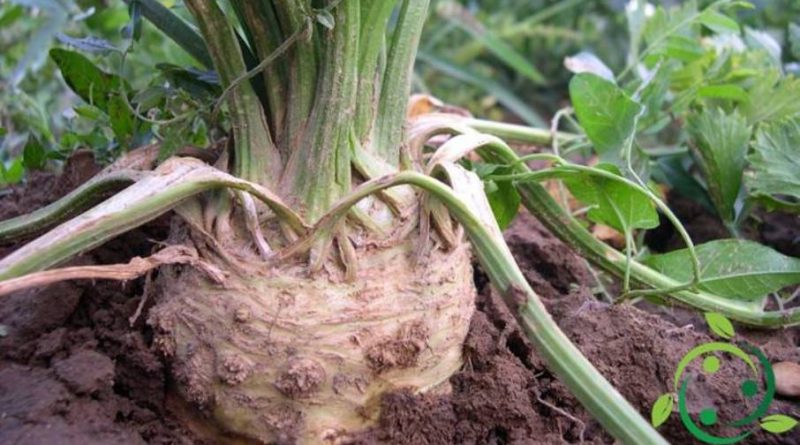How to grow celeriac in a biological way
How to grow celeriac in a biological way
In order to grow celeriac (Apium graveolens var. Rapaceum) in an organic way, it is necessary to start from the climatic conditions most suited to this vegetable. Although very cultivated, due to the consumption of its root, in central Europe, celeriac was very much cultivated in Italy.
Although celeriac is a two-year plant (develops flowers and seeds in the second year of life) is grown in gardens with annual cycle and can be grown throughout the peninsula as long as it is irrigated constantly, especially in summer.
The seedling of celeriac can start from the end of February and can last until the end of April, with harvest in the fall. If you are in the warmer areas of the peninsula, you can also sow in August-September and harvest at the beginning of the following spring.
To anticipate the sowing or to obtain a precision plant, a seedbed can be used or wait in the open field for the temperature to have exceeded at least 10 ° C. It is necessary to wait at least 6 weeks for the transplant from the seedbed. However it should be planted (or transplanted) taking care to leave between each plant 25 cm.
Let’s now see concretely how to grow celeriac in a biological way. The most suitable soils for celeriac (given the need to develop well its root) are those of medium dough and deep and fertilized beforehand with medium quantities of mature manure or, alternatively, domestic compost. The integration of mineral salts can be done in soils with subacid pH with wood ash.
Important for the balanced growth of this vegetable is the use of irrigation and the technique of vegetable mulching that allows a good balance of humidity, avoids the possibility of stagnation (requiring less irrigation) and the onset of very harmful rot for this plant. irrigation can be done with hoses and drips. Some farmers do not adopt mulch but continue weeding. We recommend (if you have availability especially straw) mulch.
For the control of celery plant diseases if you have opted for mulching you should not have any problem with the septoriosis, which manifests itself with dark spots and yellow edge on the leaves until the plant is decayed and die. another technique to keep this disease away is a good rotation avoiding celeriac on the same plot for at least two years.
Among the insects the only one to cause any concern may be the celery fly, the Philophylla heraclei. This insect is kept well under control with the use of neem oil.
Among the most cultivated varieties of celeriac we mention: Sedano rapa di Verona, Cisko and Monarque (which are Dutch varieties) and Rowena.
Because of the peculiarity of keeping well after harvesting (up to 4 months) celeriac can become an interesting vegetable for a balanced seasonal diet.

